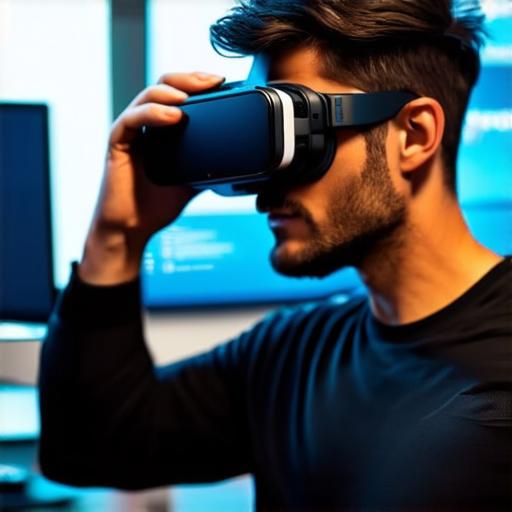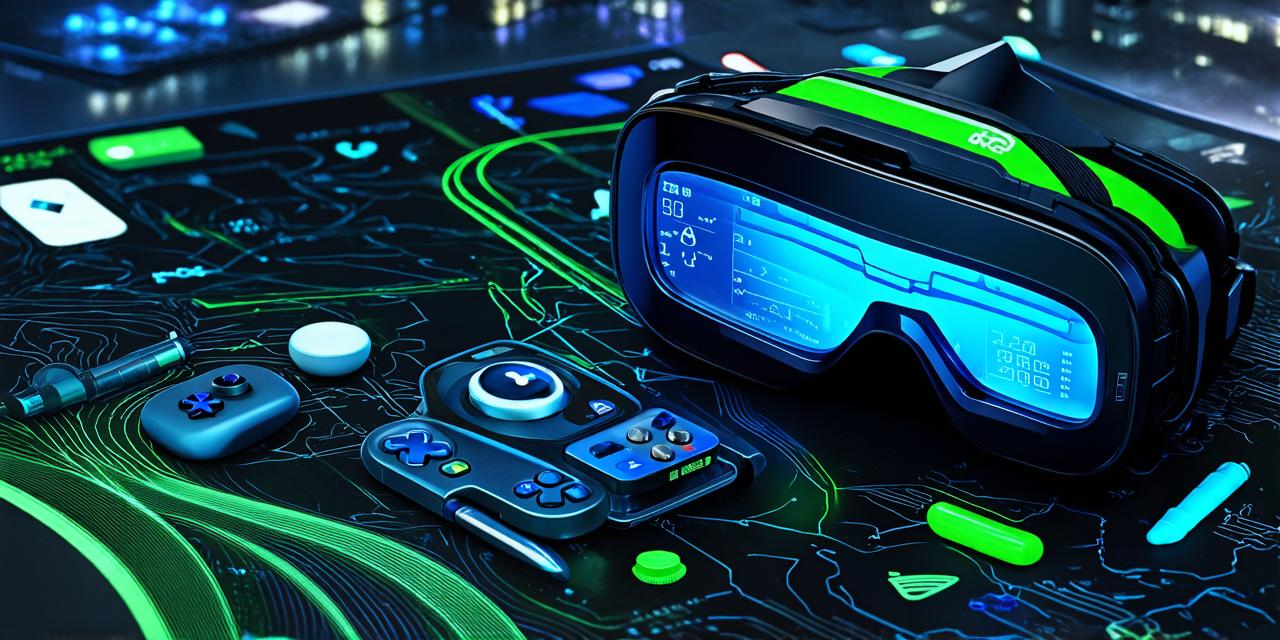What is Video Game Motion Sickness?
Video game motion sickness occurs when the player’s brain receives conflicting signals from their eyes and inner ear, causing discomfort and nausea. This can happen when the graphics or movements in the game don’t match up with what the player is feeling, leading to a disconnect between what they are seeing and what they are experiencing.
There are many factors that can contribute to motion sickness in video games, including low frame rates, fast-paced movement, and sudden changes in direction. It can also be exacerbated by playing in a dimly lit room or on a small screen.
Tips for Treating Video Game Motion Sickness
Here are some tips for treating motion sickness in video games:
- Adjust the brightness and contrast: Low brightness and contrast settings can make it harder for your eyes to focus, leading to motion sickness. Try adjusting the brightness and contrast to find a comfortable setting that works best for you.
- Use anti-nausea medication: There are many medications available that can help alleviate motion sickness symptoms. Talk to your doctor about options that may be right for you.
- Take breaks: Taking short breaks during gameplay can help prevent motion sickness from building up. Try stepping away from the screen for a few minutes to give your eyes a rest.
- Play in a well-ventilated room: Poor air quality can make motion sickness worse. Make sure you’re playing in a well-ventilated room to help alleviate discomfort.
- Try different settings: Experiment with different graphics and movement settings to find what works best for you. You may be surprised at how much of a difference it makes.

Creating an Immersive and Comfortable Gaming Experience
As a game developer, you want to create an experience that is enjoyable and immersive for all players, including those with motion sickness. Here are some tips for creating a more comfortable gaming experience:
- Use smooth animations: Fast-paced, jerky movements can be disorienting and contribute to motion sickness. Use smooth animations and transitions to create a more fluid and natural movement that is easier on the eyes.
- Avoid sudden changes in direction: Sudden changes in direction can also cause motion sickness. Try to avoid these as much as possible, especially in fast-paced games.
- Provide options for customization: Give players the option to adjust graphics settings and movement speed to find what works best for them. This can help prevent motion sickness from building up.
- Use haptic feedback: Haptic feedback can provide a sense of immersion that can make the game more enjoyable for all players. Try incorporating this into your game design to create a more engaging and comfortable gaming experience.
- Provide clear instructions: Make sure that the instructions for playing the game are clear and easy to understand. This can help prevent confusion and disorientation, which can contribute to motion sickness.
Case Studies: Real-Life Examples of Effective Motion Sickness Treatment
Here are some real-life examples of effective motion sickness treatment in video games:
- Nintendo Wii’s motion control: The motion control technology used in the Nintendo Wii was designed to help prevent motion sickness by providing a natural and intuitive way for players to interact with the game. It worked well for many players, allowing them to enjoy the game without experiencing discomfort.
- Virtual reality games: VR games can provide an immersive experience that is difficult to replicate in traditional video games. However, they can also cause motion sickness in some players. Developers who create VR games need to be mindful of this and take steps to prevent motion sickness from occurring.
- Anti-nausea medication: Some players may find anti-nausea medication helpful in preventing or alleviating motion sickness symptoms. It’s important for developers to provide information about these options and encourage players to talk to their doctors if they are experiencing severe symptoms.
Summary
Video game motion sickness can be a challenging problem to overcome, but there are many ways to prevent it from occurring in the first place. By adjusting graphics settings, taking breaks, using anti-nausea medication, and providing options for customization, developers can create an immersive and comfortable gaming experience for all players. It’s important to be mindful of motion sickness and take steps to prevent it from happening, so that players can enjoy the game without discomfort or nausea.
FAQs
Here are some frequently asked questions about video game motion sickness:
- What are some common symptoms of video game motion sickness?
- Dizziness
- Nausea
- Disorientation
- Headaches
- Can anti-nausea medication help with video game motion sickness?
- Yes, there are many medications available that can help alleviate motion sickness symptoms. Talk to your doctor about options that may be right for you.
- What settings should I adjust to prevent motion sickness in video games?
- Adjust brightness and contrast settings to find a comfortable setting that works best for you. Take breaks when playing, and experiment with different graphics and movement settings.
- Are virtual reality games more likely to cause motion sickness than traditional video games?
- Yes, VR games can cause motion sickness in some players due to the immersive nature of the experience. Developers need to be mindful of this and take steps to prevent motion sickness from occurring.
